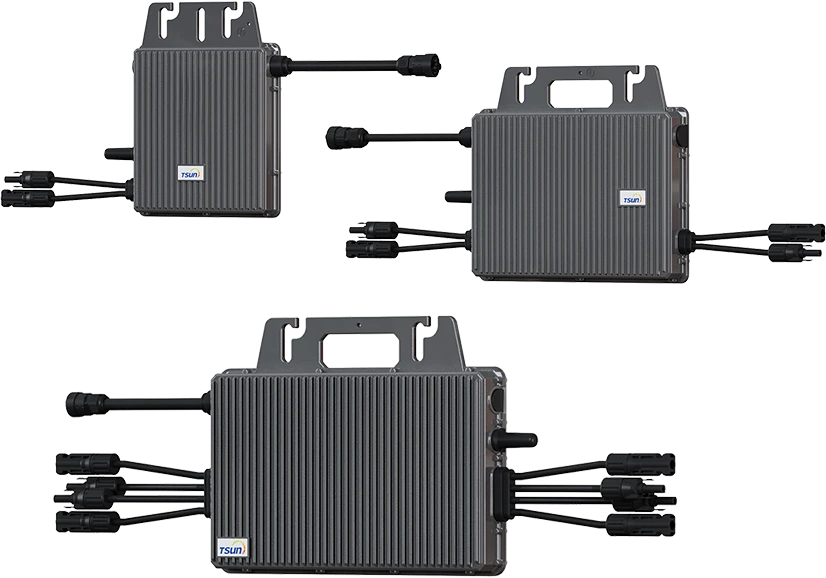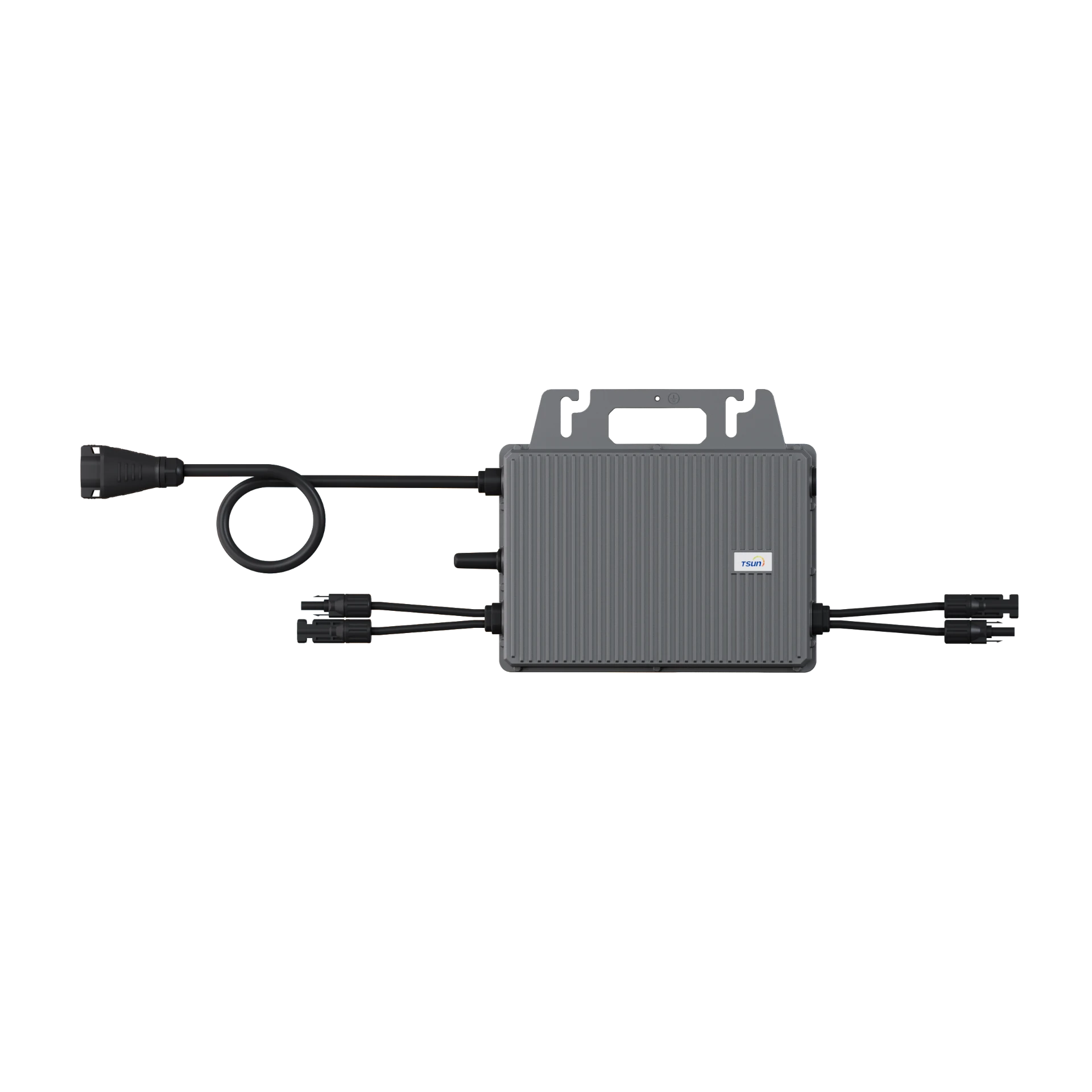As solar energy continues to rise in popularity, the cost of batteries for storing this energy efficiently is becoming a critical topic for both homeowners and industry experts. Having reliable energy storage is fundamental to maximizing the benefits of solar power, but understanding the costs involved in battery storage can be complex. This article aims to provide a thorough overview by sharing insights from both consumer experiences and expert analyses.

When investing in a solar energy system, the first consideration for many is the initial cost. Yet, it's equally important to understand the long-term financial implications, including those associated with battery storage. The initial cost of a solar battery can vary substantially depending on size, brand, and chemistry. Lithium-ion batteries, such as the Tesla Powerwall, are currently among the most popular choices due to their efficiency and longevity. On average, consumers can expect to pay between $7,000 to $15,000 for a complete home battery system.
One key factor influencing battery cost is capacity, measured in kilowatt-hours (kWh). A larger kWh rating provides more storage capacity, which means greater potential savings on energy bills during times when the solar panels aren't producing power. However, a larger capacity also equates to a higher upfront cost. Some homeowners have found a balance by starting with a smaller kWh system and expanding as their energy needs grow.

In terms of expertise, understanding the technology behind batteries can illuminate why certain batteries are priced higher than others. Lithium-ion batteries dominate the market because they offer high energy density, efficient charging, and long cycle life compared to older technologies like lead-acid batteries. While nickel-based batteries are available and offer competitive performance, they often come at a higher cost.
The longevity or lifespan of a battery is a critical component that affects cost-effectiveness. Most lithium-ion batteries come with an expected lifespan of 10–15 years, or around 5,000 cycles, making them a sound investment for long-term use. However, it's essential to factor in the cost of potential replacements or upgrades over time.
cost of batteries to store solar energy
Another aspect is the warranty and after-service, which often reflect the manufacturer's confidence in their product. A robust warranty not only protects your investment but also indicates the company’s commitment to quality. Long warranties can often justify the higher initial cost, offering peace of mind that the system will function well over time and that any issues will be resolved without additional expenditure.
Government incentives and rebates can also significantly offset costs. Many regions offer subsidies or tax credits for solar installations, including battery storage. This financial support makes solar energy more accessible and reduces the time it takes for the investment to pay off. It's advisable for potential buyers to research available options in their area to maximize financial savings.
From a consumer trust perspective, real-world reviews and case studies offer invaluable insights. Homeowners who have transitioned to solar with battery storage frequently report substantial savings on utility bills, especially when time-of-use rates are considered. This allows them to use stored energy during peak times when electricity is most expensive, thus maximizing the return on their investment.
For business owners, energy independence is a significant draw. Many commercial enterprises are integrating solar battery storage to ensure uninterrupted power supply, minimize downtime, and demonstrate environmental responsibility. In these cases, while the upfront costs are higher due to the larger scale needed, the long-term savings and stability often justify the investment, reinforcing their commitment to sustainable business practices.
In conclusion, while the cost of batteries to store solar energy can initially seem prohibitive, the long-term benefits, backed by technological advancements and financial incentives, make them an increasingly viable solution for both individual and commercial energy needs. By considering factors like capacity, longevity, warranty, and available rebates, consumers can make informed decisions that marry cost with performance, ultimately leading to a more sustainable and economically sound energy future.
 LEARN DETAILS
LEARN DETAILS
 News
News



